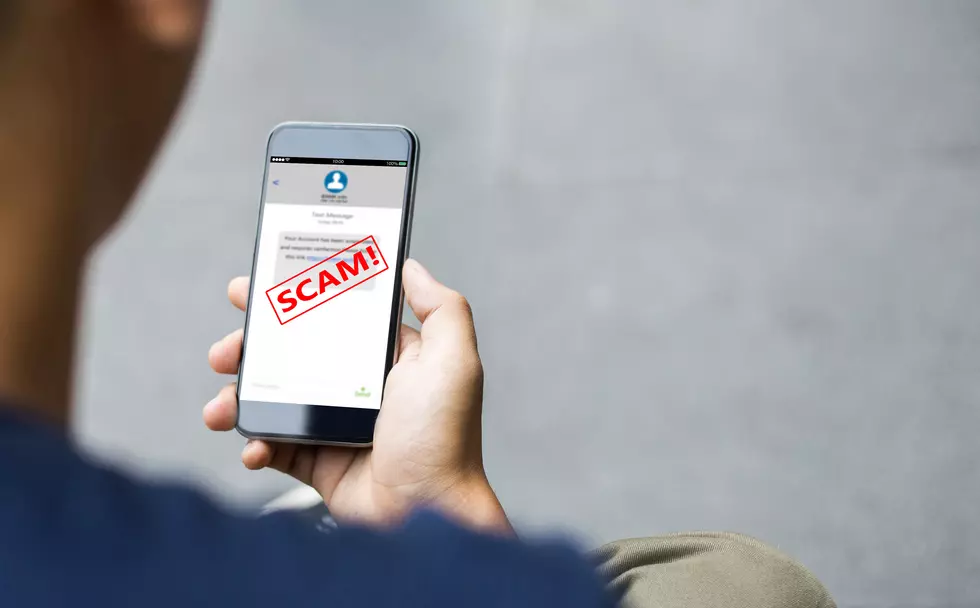
Here’s Where To Find Narcan If Someone You Love Overdoses In Duluth
Opioids are a huge problem across the country. That includes St. Louis County, Minnesota. A new interactive map is now showing where people can find naloxone, commonly known as the product name Narcan, to help save lives.
The Minnesota Department of Health issued a press release on February 23rd, highlighting the Naloxone Finder Map. The goal is to make it easier to get the life-saving medication to people who need it following an overdose. You're able to enter your address and see where the locations are. You're then urged to call the place to make sure they have them in stock. If someone you know is suffering from an overdose you should call 911 immediately.
The hope is that if someone overdoses, a friend or family member will be able to quickly access Narcan and administer the drug to the victim. Naloxone works by blocking the opioid receptors in the brain and reversing the effects.
Most of the places available to get Narcan are pharmacies or medical facilities. There are over 20 locations in Duluth ranging from Proctor to Downtown, to Central Entrance, and more. Access the interactive map by going to KnowTheDangers.com.

St. Louis County accounts for 3.6% of the population of the State of Minnesota. However, 10.5% of opioid overdose deaths in Minnesota happen in St. Louis County. That puts our area in 3rd place statewide, following Hennepin and Ramsey County. A task force has been created called the Lake Superior Drug & Violent Crime Task Force. They recently made several large busts. Unfortunately, the opioids just keep coming. St. Louis County health and police authorities are working on helping those with opioid addiction. The county was recently chosen for a national initiative to offer treatment for opioid use disorder in jail.
Opioids include heroin, fentanyl, and prescription pain killers such as hydrocodone, oxycodone, morphine, tramadol, and more. They can be highly addictive.
The Minnesota Department of Health launched the map in December. In just a few months it has already been accessed by 4600 visitors.
What Each Month Really Means When You Live In The Northland
More From Sasquatch 92.1 FM


![Is Deadpool & Wolverine Worth A Watch? [REVIEW]](http://townsquare.media/site/165/files/2024/07/attachment-GettyImages-2163119532.jpg?w=980&q=75)



